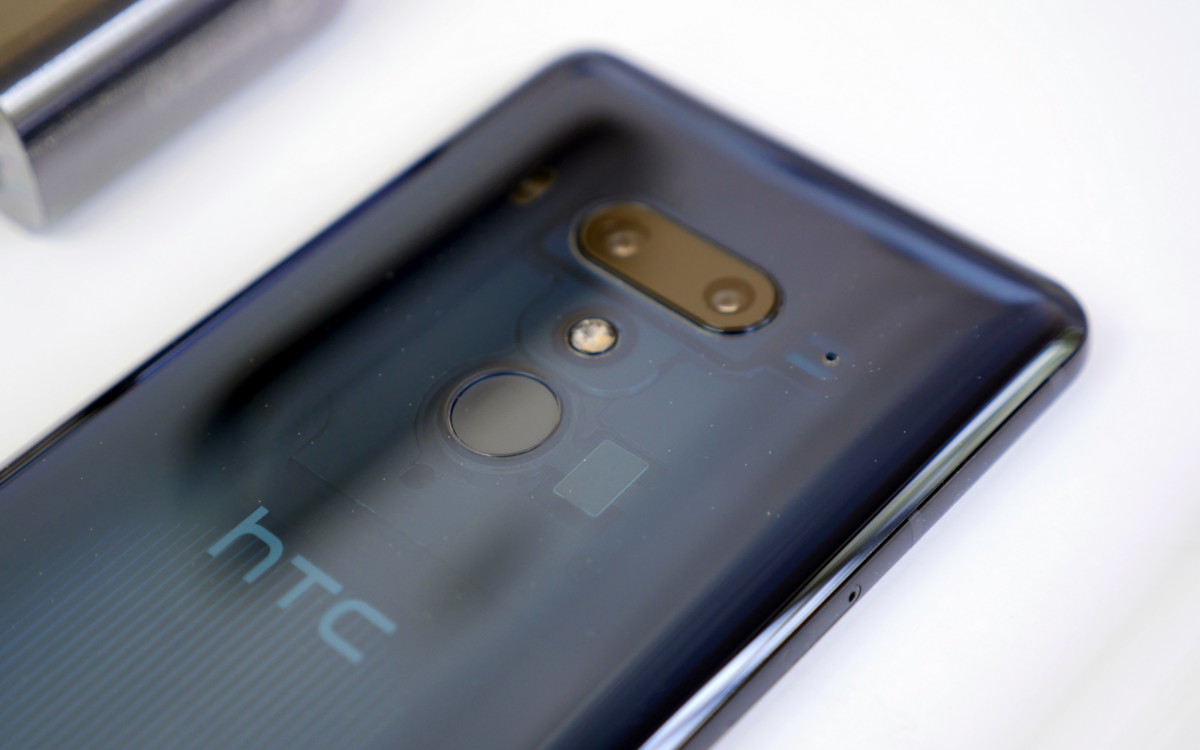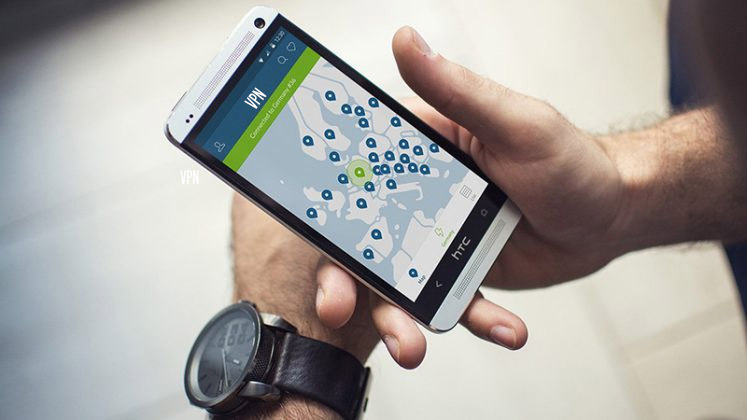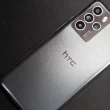Microsoft took a radical, approach with Windows Phone, they didn’t wait to get their redesigned OS into the hands of users, capturing a fairly solid fan base with what should really have been deemed a beta, back in October 2010. With Microsoft being true to it’s word, Have rolled out updates for the OS, and the schedule looks good for a new Update this September/October. We have been promised lot’s of new features. One of the things that Microsoft are doing with the Windows Phone OS, is integrating a lot of social services that would formerly have been accessible via third party programs/clients. Twitter is one of those services, coming in the next iteration of Windows Phone, dubbed “Mango”. With 500 new features said to be included in the next major update for Windows Phone, one of the most anticipated has been Twitter. It pervades the Me Hub, People hub, adds features to the picture hub, and in general adds lot’s of connectivity, directly from the OS, no third party apps involved. Using the Mango beta, I’ve gotten used to it being there, and find it fulfils the MS promise of in and out. Makes a lot more info available in short steps from the home screen, it’s also surprising how malleable the information is, it’s easily customisable through a number of native applications. there’s not a big hit on performance, it seems to be seamlessly added to the OS, and in some innovative ways. The biggest of which, is that it could almost go unnoticed.
Whilst setup may take a little longer, once you’ve added all your accounts, all your info, tweets, wall posts, check ins and contacts from all your social accounts will sync to the phone, and to your windows live account. One other thing strikes me here, Microsoft’s ability to sell, and partner with, other online service providers to monetise the new comer [Windows Phone], with established on line service providers, while taking another dollar, in a round about way out of the pocket of an independent developer. Steve Ballmer charismatically chanted “Developer, Developers, Developers” but it seems those developers have to be, a well established start up to be included in the OS. For the tech savvy social networker, WP is becoming a one stop shop. For the market that wants a phone that’s sort of a PDA, Windows Phone is a technical nightmare, until phone retailers can sell the platform for what it is, beautiful, streamlined, simple to use. It’s sad to say that it will remain an overlooked operating system in most of the markets that received WinPho devices on it’s initial release. When the next update for Windows Phone hit’s, with new phones that are more powerful, will the new features be enough to change the mindset of an iPhone generation? Microsoft is looking to convert generations of iOS/iPhone, and Android users, who expect a somewhat uniform phone experience, to something that is challenging and different. When the iPhone was introduced, it took a little from Windows Mobile, but brang a touch screen, which Android mirrored. Windows Phone brought a very different user experience, it came out of left field, and sort of hunkered down and stayed there, waiting for the ball to be hit it’s way. Just maybe the “Mango” update will throw a few balls out there, that may entice people into the team, who knows? The fact is though, that most mobile users want a familiar experience, even when trading up phones, so without a major marketing/educational program, Windows Phone will probably remain in the world of the tech obsessed early adopter. Microsoft’s interface change, compared to the iPhones total hardware remake, bare not a lot of comparison at this point. The plan to Metro up Windows 8, may help with marketing and continuity, but if Windows Phone is to succeed, it’s UI must become universal/second nature. The video below, shows just how Microsoft has changed the way they approach third party services within the new OS.










